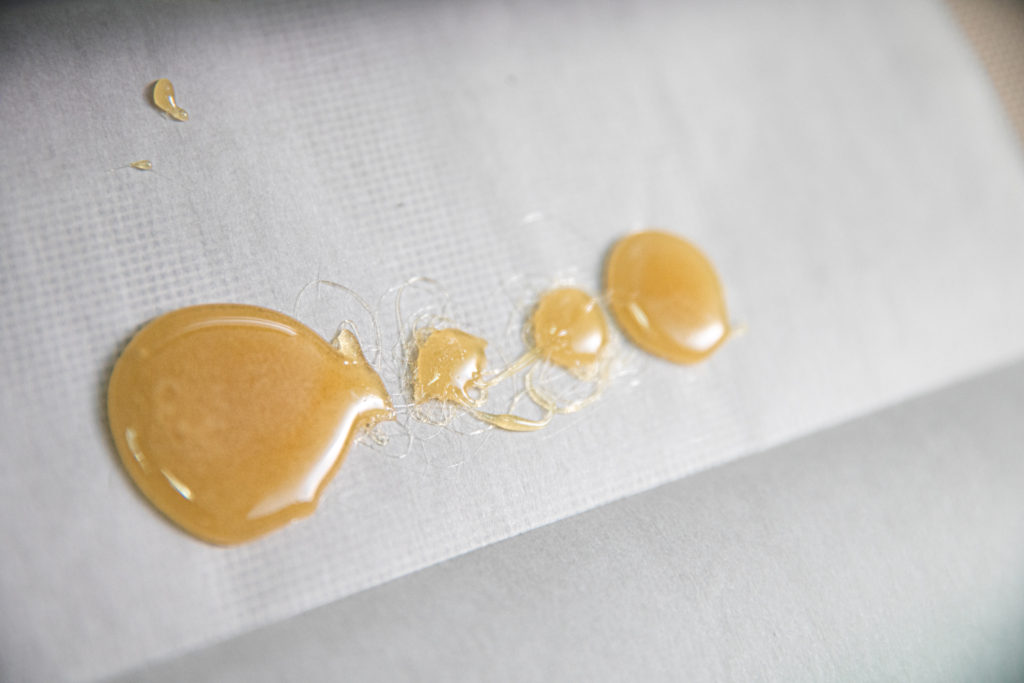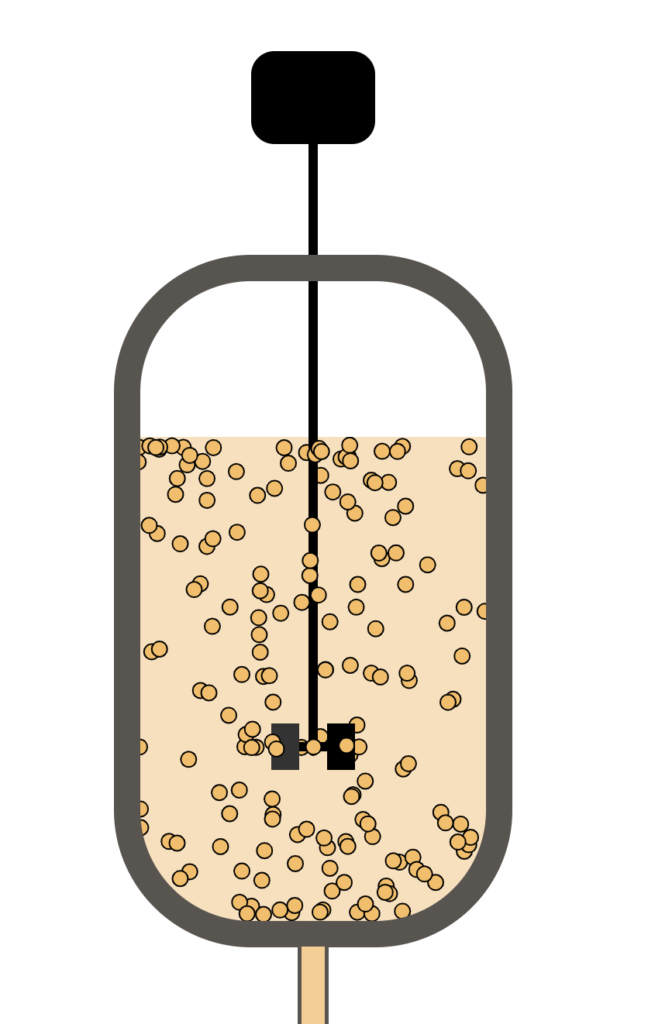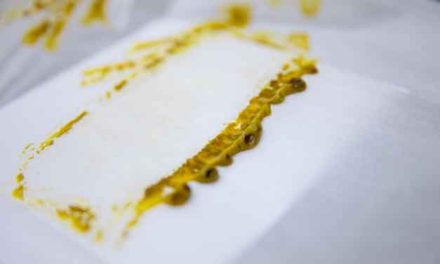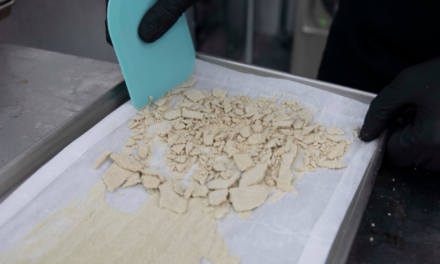The cannabis industry continues to grow in leaps and bounds with technology keeping a similarly quick pace. Sometimes, a breakthrough in technology pulls the industry forward. Other times, changes in laws, regulations and even culture demand a shift in the current technology. Either way, progress is constantly being made. A lot of the technology we’re about to discuss is already well under way, albeit not in a commercially viable form. As vaping continues to be a driving force in the recreational cannabis market, we can only expect such technology to be developed even more quickly.
Concentrates Are Still King

Concentrates will remain the medium of choice for cannabis vape pens for the foreseeable future. In California, a leader in the U.S. cannabis industry, concentrates remain the most popular cannabis product. In 2018, BDS Analytics reported that, for the first time ever, concentrates outsold flower in California’s market with concentrates making up an astounding 37% of the market. New technology often follows money and demand, so you can expect future models to continue catering to the cannabis concentrate market.
A Move Toward CBD

The trend of vaping CBD is just picking up with CBD vape sales growing by 105% in 2018. The Brightfield Group predicts that CBD will continue to grow by 700% through 2019. You read that right; 7 times the growth of 2018. There are other ways to consume CBD, but since both CBD and vaping are appealing to the health and wellness community, you can expect to see a lot more vape pens marketed with CBD use in mind.
Other Major Factors That Will Influence Future Cannabis Vape Pen Designs
The original cannabis vape pen designs were built around e-cig prototypes. With very few similarities linking tobacco and cannabis, it stands to reason that cannabis vape pens should be a completely different animal than an e-cig. We’ve seen the success of recent cannabis vape models that risked stylistic departures from the original e-cig-influenced designs. The vape pod is probably the most obvious example.
Other factors that are sure to play into changes in future cannabis vape designs include:

- Flavor: Vape enthusiasts want to taste those terps, so expect future vapes to keep flavor as a pinnacle consideration.
- Draw: The most popular vape pens offer reliable draws so this will continue to influence future designs.
- True Vaporization: This is really only an issue for flower, but portable vape models still slightly toast herb when compared to the pure combustion of their tabletop cousins. Expect dry herb vapes to finally find the solution to pure vaporization of dry herb.
- Solventless: With rosin gaining in popularity as concentrate connoisseurs demand a solventless sesh, you’re likely to find more cannabis vape pens marketed with solventless cartridges in mind.
- Dosage: Formerly, cannabis vapes were designed to deliver juggernaut hits packed with the highest dose possible. Now, as a wave of new cannabis users cautiously embrace the technology, demand for microdosing is rising. Expect a pocket of future models to explore microdosing and exact dosage measurement.
- Child Resistance: With child-resistance being so vital to cannabis legalization efforts, locking mechanisms are being explored for vape packaging and cannabis vape pens themselves.
- Eco-Conscious: Influenced by the altruism of the younger generations, we’ll be seeing more eco-conscious vaping solutions hitting the market including models made from biodegradable and recyclable materials.
Pens as a Means of Using Cannabinoids Engineered from Yeast

(via hyasynthbio.com)
In the more distant future (although nothing’s ever too distant in the cannabis industry), we’ll likely see the rise of yeast engineered to manufacture specific cannabinoids including those beyond CBD and THC. These engineered cannabinoids can be used in an attempt to elicit specific responses in the user. This technology is already in use but as it becomes commercially viable and widespread, it could influence the design of cannabis vape pens.
Being so immersed in both the culture and the business, it can be easy to lose track of just how rapidly everything is sprinting forward. As we try to predict the forward trajectory of cannabis vape pens, we’re half expecting our prophecies to come true before this blog is even published. But while the technology already exists in some form for most of the advancements discussed above, the most exciting changes are the ones you could never have imagined. Either way, the future of cannabis vape pens is sure to be interesting.





